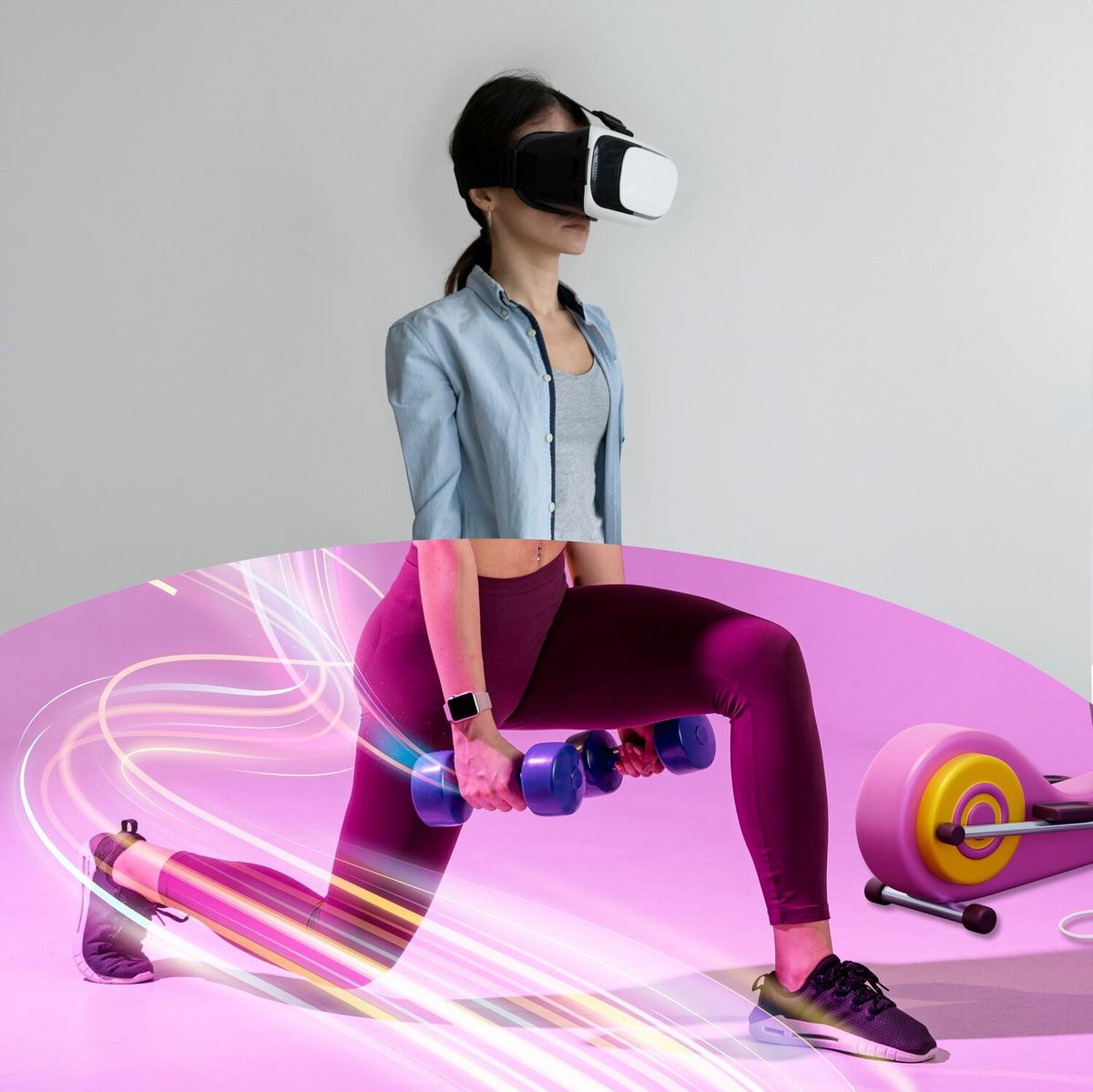How AI is Transforming Sports Training Programs
The integration of artificial intelligence (AI) into sports science is reshaping how athletes train, compete, and reach new heights in their performance.

The integration of artificial intelligence (AI) into sports science is reshaping how athletes train, compete, and reach new heights in their performance.
Artificial intelligence has rapidly become a game-changer in sports training programs, offering unprecedented insights and personalized approaches that were once considered futuristic. This transformation not only optimizes athletes’ physical capabilities but also enhances strategic planning and injury prevention.
AI’s Impact on Sports Training
AI’s role in sports is multifaceted, extending from data analysis to personalized coaching. With AI algorithms, coaches can analyze vast amounts of data to identify patterns and predict outcomes. This technology allows for a more tailored approach to each athlete’s training regimen, focusing on their unique strengths and areas needing improvement.
Expert Insights
Dr. Michael Stone, a renowned sports scientist, notes that “AI provides coaches with tools to not only enhance performance but also to foresee potential injuries, making training both efficient and safe.”
Research and Statistics
According to a study published by the Journal of Sports Science, AI-powered analytics have improved athlete performance by up to 30% in various sports disciplines. These analytics can process data from wearables and sensors, offering real-time feedback that helps athletes and coaches make informed decisions.
Personal Anecdotes
Take, for example, an elite runner who used AI-driven wearable technology to monitor heart rate and stride efficiency. The data collected helped to adjust training intensity, leading to a personal best at a recent marathon.
Actionable Tips for Integrating AI
- Incorporate wearable technology to track performance metrics.
- Utilize AI software that offers personalized training plans based on data analysis.
- Engage with platforms that simulate competitive scenarios to refine strategies.
- Leverage AI for injury prevention by identifying risk factors early.
Comparison Table: Traditional vs. AI-Enhanced Training
| Aspect | Traditional Training | AI-Enhanced Training |
|---|---|---|
| Data Collection | Manual, limited | Automated, comprehensive |
| Feedback | Delayed | Real-time |
| Customization | Generalized | Highly personalized |
| Injury Prevention | Reactive | Proactive |
| Strategy Planning | Experience-based | Data-driven |
| Cost | Variable | Varies with technology |
| Scalability | Limited | High |
| Outcomes | Variable | Optimized |
Frequently Asked Questions
How does AI improve training efficiency?
AI improves efficiency by providing real-time data analysis, which helps in making quick adjustments to training programs.
Is AI suitable for all sports?
Yes, AI can be adapted for various sports to enhance performance and strategy, although implementation may vary by discipline.
What are the initial costs of integrating AI into sports training?
The costs can vary widely, from affordable wearable devices to more costly comprehensive systems, depending on the level of integration.
Conclusion
Incorporating AI into sports training programs is not just the future; it’s the present. As athletes and coaches continue to harness the power of AI, they achieve not only better performance but also a deeper understanding of their potential and limitations. Embracing this technology can lead to breakthroughs that were once unimaginable, setting new standards in sports excellence.